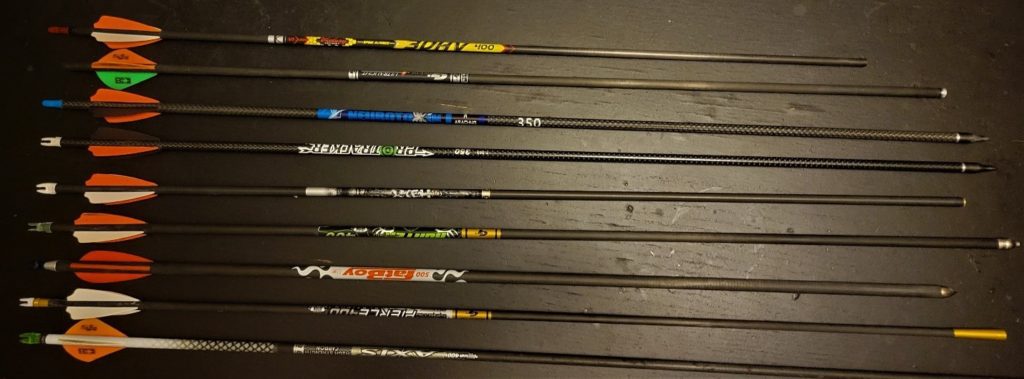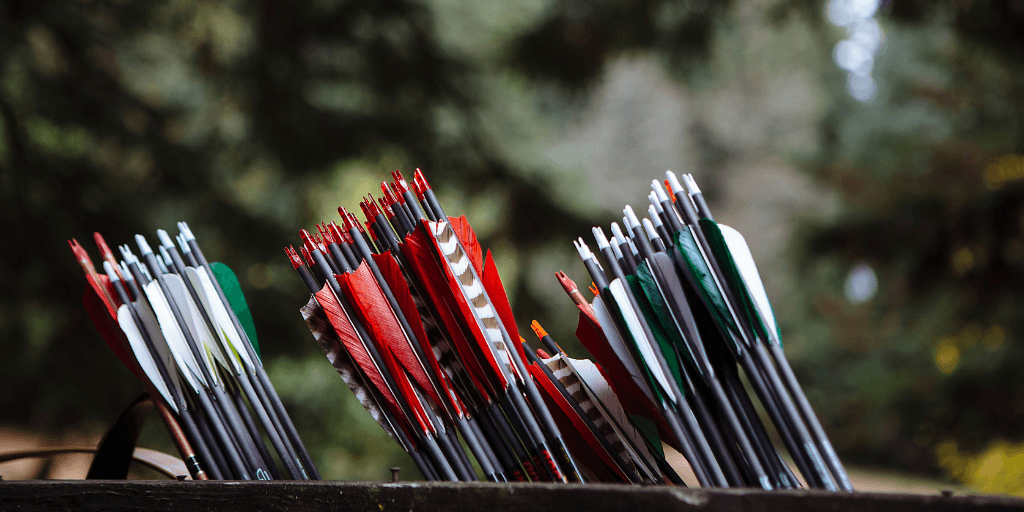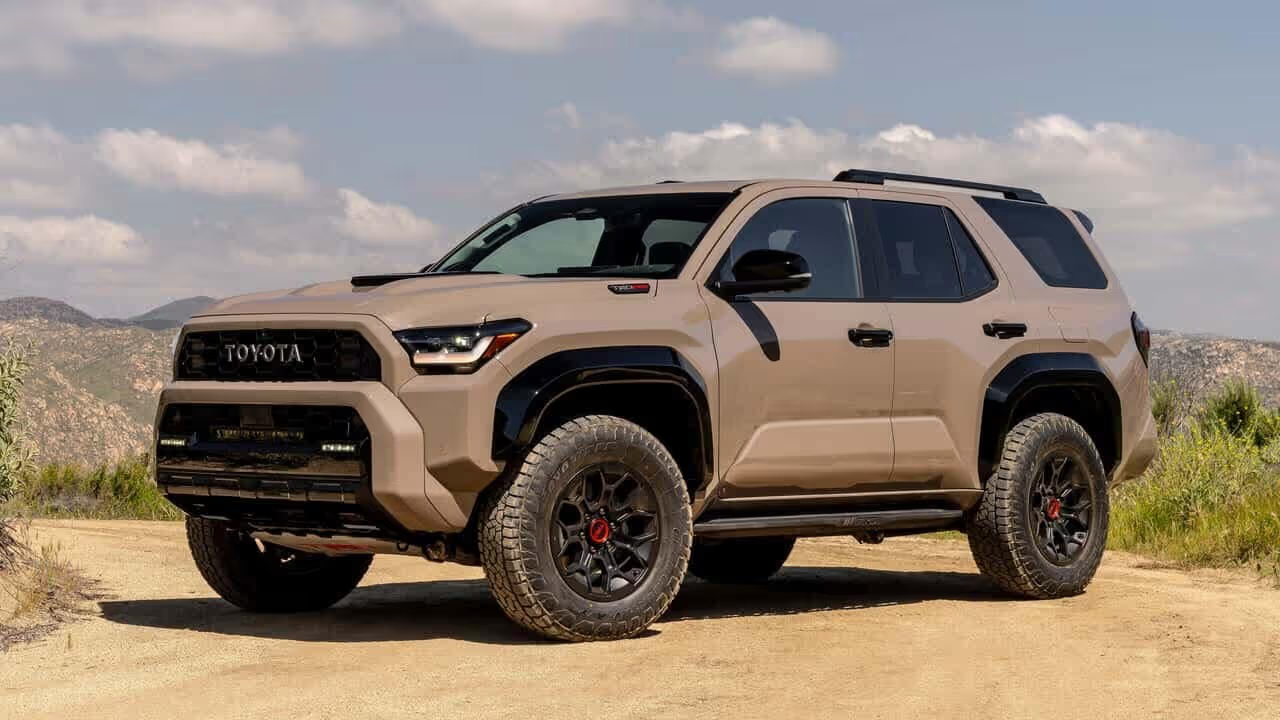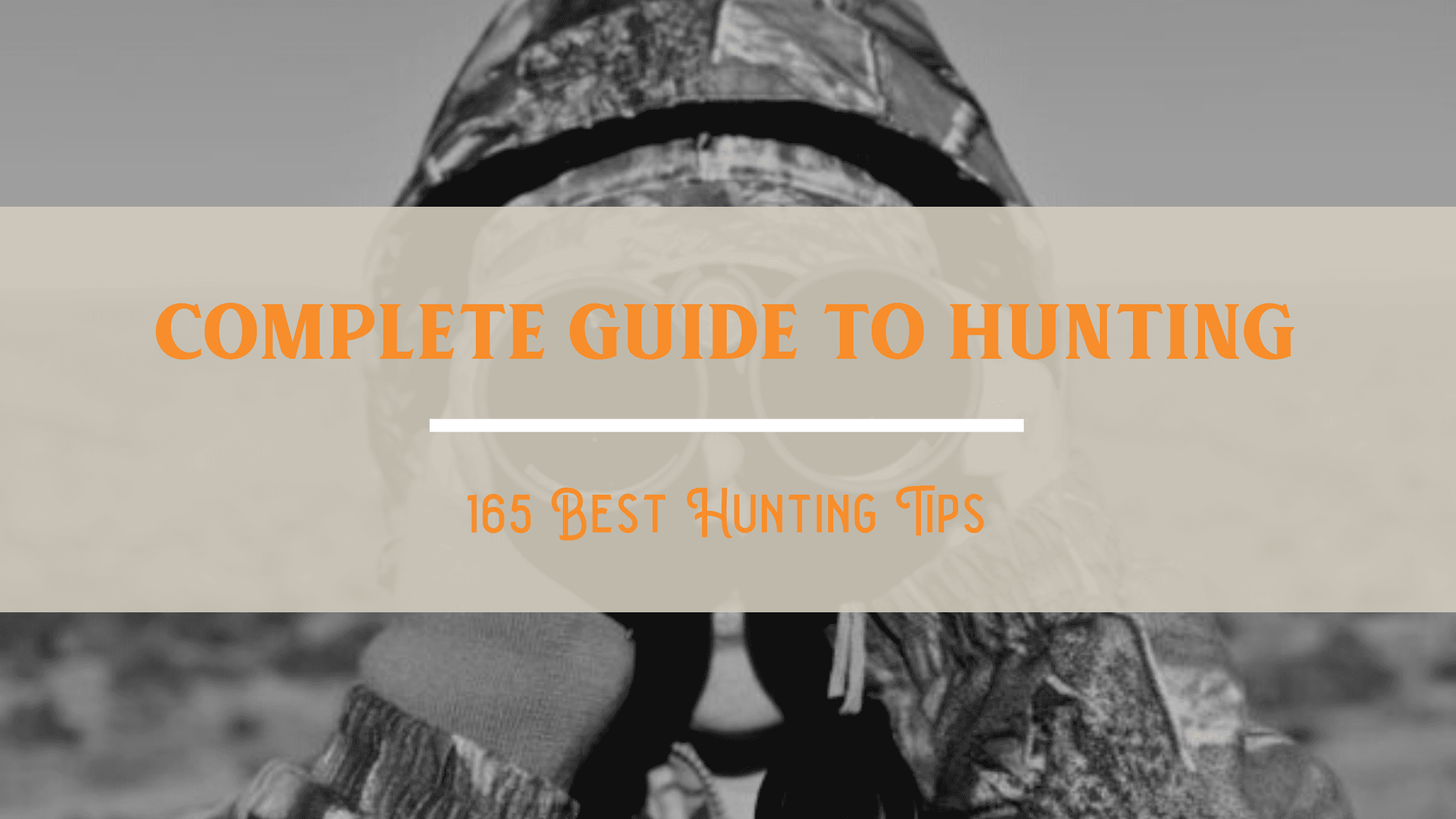Most of us started out with archery either because it looked cool or because people we know hunted or shot tournaments. Like all shooting sports, there are an unlimited number of parameters with which you can play, depending on your goals.
When choosing an arrow for hunting there are several things you need to think about: type of arrow, arrow length, arrow spine, what your vice is, and what you want to shoot.

How to Choose an Arrow for Hunting
I want to start with something that may be a little hard to hear. As a member of many hunting groups, and having been an archer for over 16 years, I have been inside many archery shops and watched hundreds of interactions. I often see women post in groups that people at the archery shop “mansplain” or talk down to them. In general, the people who work in archery shops think their time is important. They do not want to help anyone, man or woman, they feel is not up to their standards. I think men just move on and go somewhere else but it seems that women take it personally.
Read More: What Does It Mean to Spine Align Arrows?
I have seen bow technicians be equally rude to both men and women. In my observation, it has nothing to do with their gender. I hate this divide. I hate reading about it and realizing that as consumers there is something that we can do. We have to be informed about what we are looking for. If you ask informed questions or come in with an open mind, I find you get better service. Yes, being a bow technician is largely a customer service job, but most of them do not seem to realize that.
Types of Arrows to Choose From
For this article, I concentrate on arrows for compound bows. These are mainly carbon fiber constructs. You may find some old-school aluminum arrows but those have largely disappeared in compound archery. When you go to an archery shop you will see many different types of arrows in different diameters.
Most archers start with the standard 0.244-diameter arrows. Archers who tend to go with micro-diameter arrows do so because of less wind shearing. Some arrows like the Easton FMJ or the Arachnid Archery brand, have a carbon core with a different outer core. This allows for the arrows to be heavier and has a more consistent straightness.
Most arrows come in a straightness of 0.003 and 0.001. I would suggest for a beginner to stick with the 0.003. To be honest, I have been a decent archer for more than a decade. I have not found that having the straightness of 0.001 vs. 0.003 makes a difference other than for the most elite archers. What this number means is that within the arrow, measuring how straight they are compared within a dozen is that much of a difference. Most of us are not good enough to see the difference within straightness in our own margins of error.
Arrow Length
How long you cut your arrows can change significantly as you get more comfortable with archery and your bow. I have found that most shops cut arrows about 1.5 past the end of where the arrow hits your rest. In my own personal setups, depending on the size of the animal and how fast or heavy I want my arrows, I have had arrows that were barely past my rest and those that are past the end of my riser.
Many beginning hunters get nervous at the idea of the broadhead flying past their hands and choose to go longer than their riser so there is no chance of cutting fingers in flight. I suggest seeing where you are comfortable with your arrow by having the bow tech pull back your bow in a bow-pulling device and marking the arrows. This prevents any confusion on the difference between carbon-to-carbon (just the length of the shaft) and knock-to-carbon measurements that may happen which can leave you unhappy with your cut arrows.
Arrow Spine
All arrows flex when they fly. Each archery company has a specific length of arrow vs type of bow (how fast it can potentially shoot an arrow) vs draw weight. If your arrow is too stiff or under spined, it will not flex correctly, and you will have problems down the road when you are ready to shoot with broadheads.
Each arrow manufacturer has different weights of arrows, measured in grains per inch. Ensuring that you have an appropriate weight is one of the most important factors in arrow choice. When you release the arrow from your bow, it transfers the potential energy created from pulling back the bow into kinetic energy (energy of movement).
If your arrow is not heavy enough to create resistance, more energy than your bow can withstand over time is transferred into the limbs and riser of the bow. When I started shooting, I was often told that I needed to have at least 5 grains per pound, which would put a 45-pound archer at 225 grains of total weight. In my experience, this is way too light. You should be somewhere between 6.5-8 grains per pound to get better penetration and a quieter shot. When you transfer the energy to the bow, it makes the shot louder.

What's Your Vice?
One thing to remember is that every archer has a vice (or idea) of what the best thing is. I divide these into three groups. In my opinion, it is best to have a balance between the three, but I'll address them separately.
- When I started shooting, the group of people I was shooting with thought speed was the most important. The faster your bow shoots, the closer your pins (if you use them) are together. This allows for more forgiveness if you shoot between 20 and 30 yards because the impact points will be largely the same. Unless you have a light arrow and can pull 65+ pounds, you likely are not shooting faster than 300 feet per second (fps). Speed is great for beginner archers as you miss less and it is more forgiving. You can gauge your speed using a chronograph at a local archery spot. Two downsides of lighter and faster arrows are that it tends to be louder out of the bow and there is potential that there will not be enough momentum when your arrow hits your target. Momentum is the amount of energy that transfers when your arrow hits the target, this translates to penetration and killing power. I have not found any charts that show specifically how much momentum is needed to kill an animal at any given distance.
- Kinetic energy (KE) is the next vice. Kinetic energy is the measure of the energy of movement. The calculation is ½*mass*velocity2. So the weight of your arrow plus the velocity is very important. I wrote a ton about Kinetic Energy for a HuntressView article. There are also several calculators that can help you calculate this here. When I started shooting, all the guys were talking about how you had to be at least a KE of 65 to kill an elk. This was frustrating to me as a woman at closer to a KE of 45 when I was shooting a 45-pound bow. As more women are hunting, and as bows get better, the numbers are much more realistic with a number between 25-41 for animals like deer; it goes up from there.
- The last vice is Front of Center (FOC). This is the balance of weight in the front of your arrow. The number should be somewhere between 7 and 15%. A higher FOC gives you better penetration. When I went to a heavier arrow with a higher FOC, I saw better penetration compared to what I saw before. I often get better penetration than the guys I shoot with who have a higher poundage and heavier arrows.
Remember, when you choose your arrows, you need to think about what you want from your setup. Do you need the confidence boost you will get by having slightly more forgiving arrows? Or do you want to know that you have a better chance of a pass-through? (But also must realize that your shooting range might be shorter due to energy loss at longer distances with a heavier arrow?) Always remember that anyone who you ask will have their own vice and opinions about what is best. Remember to ask why. As archers, we are all trying to balance speed, energy, momentum, and penetration. A well-rounded answer to which is the most important is that they are all important.
Your Game of Choice
When I had two bows, I wanted to have a faster, lighter arrow to shoot whitetails and Sika deer because they are jumpier than Sika deer. I know that with a faster arrow you will have some more sound in flight, but when you want to shoot bigger game, going with a heavier arrow you wil get better penetration. This can be accomplished by building a heavier arrow or by using something like the Pro-Tracker archery Bad Boy sleeve that adds to your FOC and overall arrow weight.
Arrow choice is tough for new archers and is a skill you will develop as you try different arrows and improve in the sport. Technology is constantly advancing and so many companies make good arrows. So much depends on the way you shoot. This year I am shooting an Arachnid Archery Neurotoxin with 396 grains total weight. I chose that arrow because, with the composite, it is heavy and has a high tolerance for the punishment that I may give the arrows.





2 thoughts on “Hunting Arrows: Tips for the Right Choice”